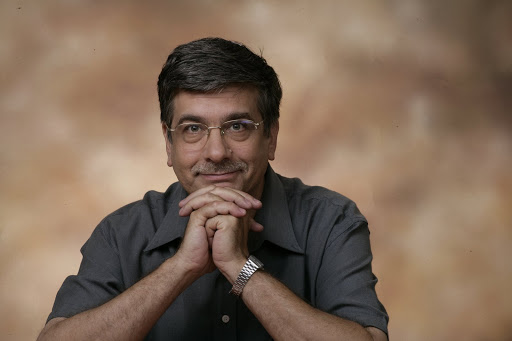By Emily K. Alhadeff , Associate Editor, JTNews
When you hear the word “Sephardic,” what comes to mind? Bourekas? A distant Mediterranean land? Swarthy Jews eating piles of rice on Passover?
Sephardic Judaism is a somewhat mysterious concept to Jews around the United States, especially outside the communal pockets like Los Angeles, Brooklyn, and here in Seattle. A broad term comprising once-vibrant communities from Spain, North Africa, the Ottoman Empire, and the Middle East, the Sephardic identity is commonly distilled to its ethnic ingredients, like food, music, and ritual customs.
But the further we time travel from the immigrant story through the American Jewish experience, the more those ethnic components fade into sentimental keepsakes from the Old Country. After all the bourekas have been eaten, the question remains: What is Sephardic Judaism?
This is at the core of “Bridging Tradition and Modernity,” an upcoming Shabbaton at Seattle’s two Sephardic synagogues, Congregation Ezra Bessaroth and Sephardic Bikur Holim.
“Sephardic Judaism is less about where you’re born and what you eat,” said Rabbi Daniel Bouskila, the director of the Sephardic Educational Center (SEC) in Los Angeles and Jerusalem, and “much more about rediscovering a completely different way of approaching halachah [Jewish law] and Jewish life and Jewish communal life.”
Bouskila will be joined by Professor Zvi Zohar of Bar Ilan University and the Shalom Hartman Institute at the Shabbaton February 7-9. The two will talk about halachah from a Sephardic perspective, the Pew Research Center’s Survey of American Jews, and more. The weekend will conclude with a screening of “The Visionary: The Life of Rabbi Ben Zion Meir Hai Uziel” at the Majestic Bay Theater, which will include a discussion featuring University of Washington Prof. Devin Naar, who directs the Sephardic Studies Program in the Stroum Center for Jewish Studies, and Neil Sheff, chair of the SEC.
According to Bouskila, Sephardic identity needs to shift from ethnic to ideological. Since taking the helm of the SEC in 2010, he has created initiatives to train rabbis in socially conscious leadership and classical Sephardic sources, something most are not steeped in. “[Sephardim] were not in yeshivot, like in the Ashkenazi world,” he explained. “They were in the street, so to speak. Most of their responses deal with social issues.”
When he began to move the SEC in this new direction, Bouskila contacted Zohar, because of his contributions to Sephardic and Halachic scholarship.
“Rabbi Bouskila thinks that what I’m writing about Sephardic tradition is significant for the center,” Zohar said by phone from Israel.
Zohar’s books, articles, and course topics deal with the development of halachah, Sephardic culture, and Jewish sociology. He takes a hard-line stance against the trends gripping the Orthodox world, such as its move to the right, insularity, and rejection of non-Jewish culture.
“The model of the ideal Jew is a person well-versed both in Torah and in general knowledge,” he said. “If in order to be a Jew I have to stop being a human being, shut myself off as much as possible, and basically create an in group and out group morality, and so on — is this worth living? Is that for what the Torah was given?”
The point of Judaism, Zohar said, is to set an example for the world. Hence “Bridging Tradition and Modernity,” the Shabbaton’s theme.
“Reconciling modernity with halachah is a classic Sephardic approach. This is something that Sephardic Jews have brought to Judaism,” said David Behar, a president of Ezra Bessaroth and one of the event’s organizers. “In our world today, it seems it’s characterized by polarization and extremes. It’s time to reintroduce and refocus on the classic Sephardic approach to Judaism and to life, which is to create a balance. And it’s a delicate balance.”
It would seem, with the December success of the first International Ladino Day and the growth of the Sephardic Studies Program at the UW, there’s something of a Sephardic renaissance going on in Seattle.
“Is it a Sephardic revival?” Behar muses. “What I think it is, is really an opportunity to assemble a group of Sephardic scholars and present them to the Seattle community, which is known as a center of Sephardic Judaism, and create an opportunity for people to be exposed to a unique Sephardic perspective.”
Bouskila and Zohar have stronger intentions, however.
“What I’ve been calling the Sephardic option is a Jewish option,” said Zohar. “It should be relevant for all Jews. It’s not an ethnic issue.”
Come for the bourekas, they say, and stay for the revolution.
